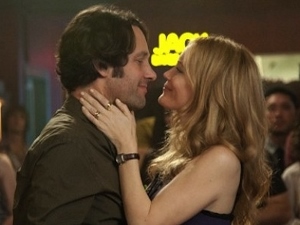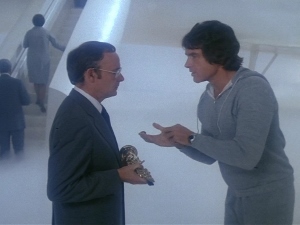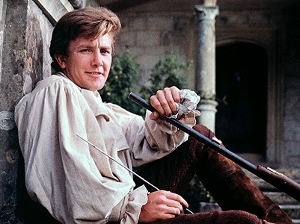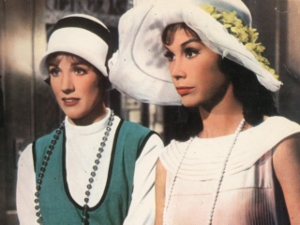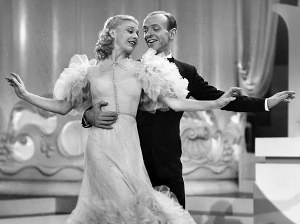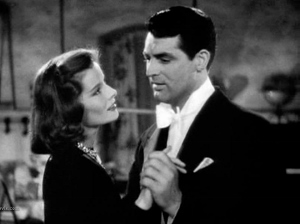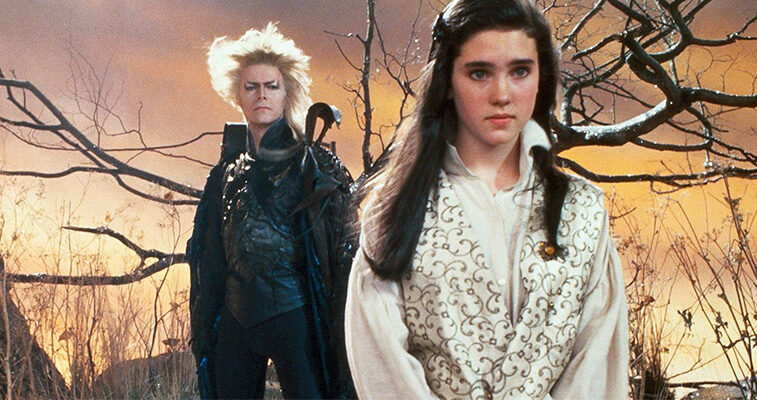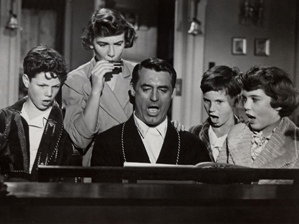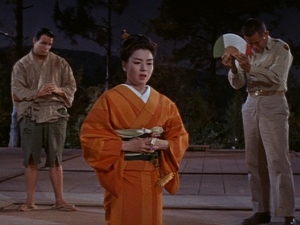This Is 40 (2012)
[6]
Leslie Mann and Paul Rudd star as two 40-year-olds struggling to balance the demands of their marriage, children, parents, and jobs. This Is 40 is billed as a ‘sort of’ sequel to Knocked Up, where Mann and Rudd originated the roles. Both films were directed by Judd Apatow, and both take a more pastiche approach to their narratives. On one hand, I like the fly-on-the-wall approach. It favors character over formulaic story structure. On the other hand, without that trusted structure, Apatow’s movies just seem to go on forever and ever and ever. This one is two hours and fifteen minutes, and I stand by my rule that no comedy should exceed an hour forty five.

